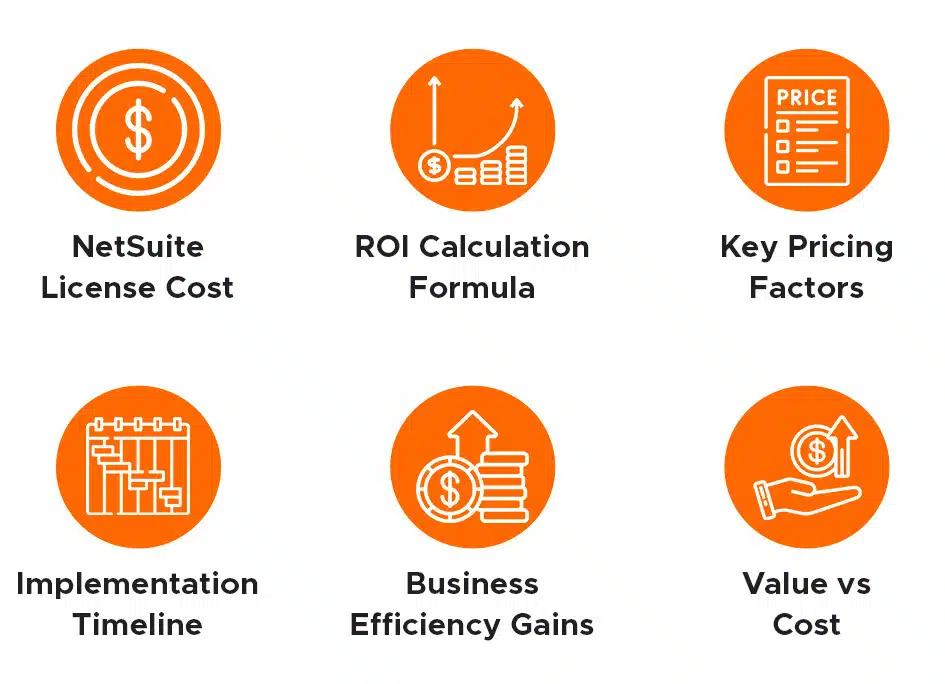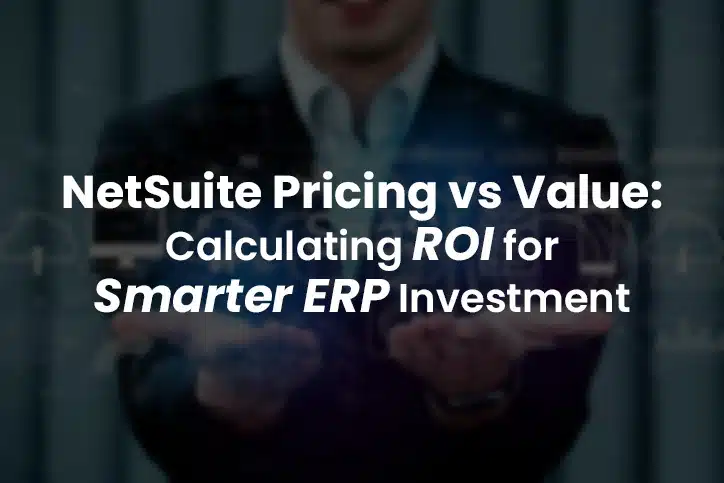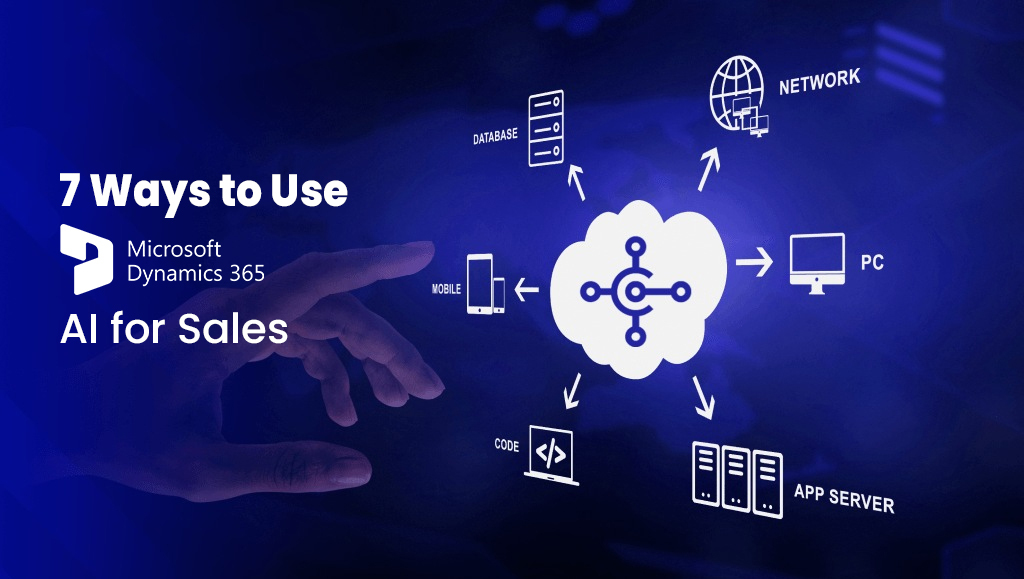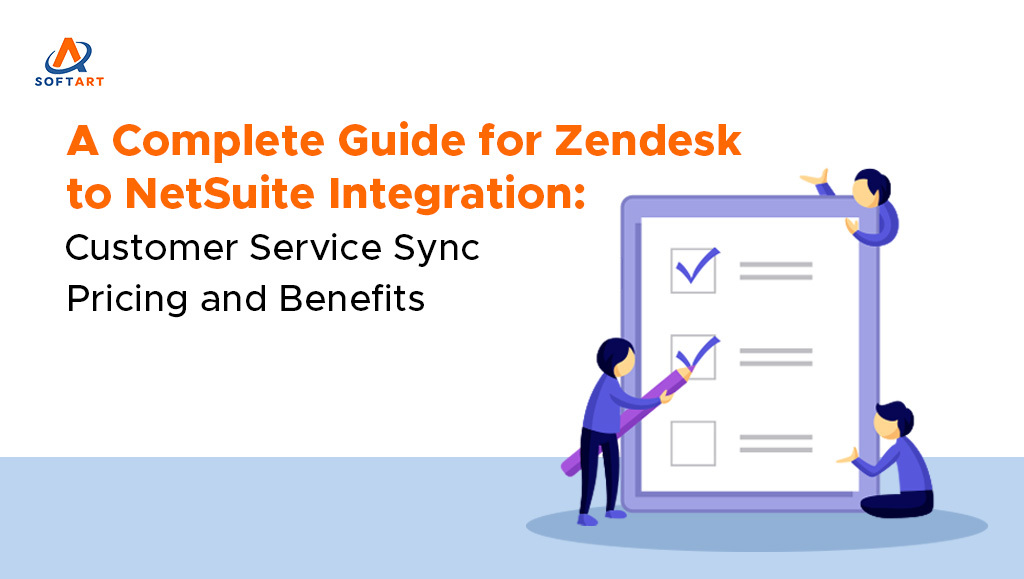ERP investments can be daunting — not because of the implementation complexity alone, but due to the big question lingering in every CFO’s mind: Are we getting our money’s worth? When it comes to NetSuite, pricing is only one side of the equation. The real story lies in the value it delivers and how efficiently you can calculate your ROI to justify the cost.
Understanding the fine balance between NetSuite pricing vs value isn’t just about comparing numbers. It’s about quantifying the strategic and operational gains NetSuite brings to your business. Whether you’re exploring NetSuite license costs or trying to forecast your return, this blog breaks it all down with clarity and precision.
Let’s dive deep into how to analyze the ROI of NetSuite, uncover hidden values, and learn best practices from expert NetSuite implementation services like SoftArt.
What Does NetSuite Pricing Actually Include?
Before calculating ROI, it’s important to understand what goes into NetSuite pricing.
1. NetSuite License Cost
NetSuite operates on a subscription model. Pricing typically includes:
- Base platform fee
- User licenses (full users vs self-service users)
- Add-on modules (finance, CRM, inventory, etc.)
- SuiteCommerce (if eCommerce is needed)
The NetSuite license cost varies depending on the scale, user count, and selected features. Licensing starts at approximately $999/month with user access typically at $99/user/month (subject to change based on contract terms).
2. Implementation Services
Implementation is often overlooked in initial budget talks, but it’s a crucial investment. It includes:
- System configuration
- Data migration
- Custom workflows
- Role-based dashboards
- Training
- Testing
Reputable NetSuite implementation services providers bring domain expertise, strategic planning, and ongoing support to ensure a successful launch. The investment in proper implementation directly correlates with future ROI.
3. Ongoing Support & Upgrades
Support plans and product upgrades are part of NetSuite’s cloud-native advantages. While NetSuite offers regular upgrades at no additional software cost, you might still invest in:
- Post-go-live support
- Optimization services
- Integrations with other tools

NetSuite Value: Beyond the Numbers
While cost is straightforward, value requires a nuanced lens. NetSuite’s value is deeply tied to operational improvements, automation, data transparency, and business scalability.
Key Value Drivers of NetSuite:
- Centralized Data: Unified platform across finance, sales, operations, and inventory cost saving in investing multiple different platforms for different departments
- Real-time Visibility: Dashboards, KPIs, and reports for quick decision-making
- Automation: Reduces manual errors and processing time
- Scalability: Supports growth without major re-architecture
- Compliance and Governance: Built-in controls for regulatory reporting
- Customization: Tailor workflows and user interfaces for unique needs
These benefits might not always appear as line items in a financial report — but they play a massive role in efficiency, compliance, and strategic agility.
How to Calculate Your NetSuite ROI?
Let’s turn the abstract into actionable. Calculating ROI from NetSuite involves both tangible and intangible metrics.
Step 1: Define Pre-Implementation Pain Points
Start by identifying:
- Manual processes
- Data silos
- Reporting delays
- Inventory mismanagement
- Revenue leakage
Step 2: Set KPIs for Post-Implementation Gains
Examples:
- % reduction in order processing time
- % increase in invoice accuracy
- % improvement in cash flow forecasting
- Reduction in days to close books
Step 3: Quantify Financial Gains
Use actual business data. For example:
- Labor cost savings from reduced manual work
- Inventory cost savings from improved forecasting
- Revenue growth due to better customer insights
Step 4: Calculate ROI Formula
ROI = (Net Gain from Investment – Total NetSuite Cost) / Total NetSuite Cost
Let’s look at an example:
- Total cost of NetSuite (license + implementation) = $60,000/year
- Operational savings & increased revenue = $120,000/year
ROI = ($120,000 – $60,000) / $60,000 = 100%
You double your investment in value — a clear case for strong ROI.
Common ROI Challenges — And How to Solve Them
1. Underestimating Implementation Scope
Solution: Work with experienced providers like SoftArt to develop a phase-wise, realistic roadmap.
2. Failure to Track KPIs
Solution: Establish measurable KPIs from the start and monitor monthly performance dashboards. Contact us for our free KPIs which we have built over the years of implementing such projects(Link for contact us page)
3. Low User Adoption
Solution: Provide role-based training, intuitive UX, and consistent support.
4. Lack of Integration
Solution: Leverage NetSuite’s API-friendly architecture for seamless connectivity with CRM, payroll, and logistics tools.
Best Practices for Maximizing NetSuite ROI
Here’s how to get the best return from your NetSuite investment:
Conduct a Pre-Deployment Business Process Review
Map current workflows and inefficiencies to design the ideal NetSuite architecture. You can also use our 20 hours free ERP audit services to suggest you the Business process alignment for your business
Choose the Right Implementation Partner
Experienced NetSuite implementation services providers not only ensure success — they reduce risks, shorten go-live timelines, and prevent expensive rework.
Use Modules Strategically
Don’t overspend on modules you don’t need immediately. Start lean and scale.
Invest in User Training
Adoption is critical. Empower teams with hands-on training, help guides, and support.
Leverage Automation
Use NetSuite’s built-in automation for POs, billing, approvals, and notifications to streamline workflows.
Review and Optimize Regularly
Set quarterly reviews to identify opportunities for optimization, module upgrades, and integrations.
Realizing Strategic Value Over Time
ROI should not be viewed in isolation — it evolves as your organization scales. Strategic value grows through:
- Faster decision-making
- Enhanced customer experiences
- Data-driven strategies
- Improved collaboration across departments
While the upfront investment in NetSuite might feel substantial, the compounding value over months and years far outweighs the initial cost — especially when aligned with long-term business goals.
Cost vs Value is a Long Game!
Every ERP journey is a strategic decision. When comparing oracle netsuite pricingvs value, businesses must look beyond the price tag. Instead, assess how it elevates performance, improves operations, and contributes to strategic growth.
Partnering with a seasoned implementation expert like SoftArt ensures that every dollar spent is aligned with outcomes that matter. From avoiding implementation pitfalls to unlocking long-term ROI, expertise makes the difference. If your ERP decision is about smarter investments and long-term wins — NetSuite might just be your best bet.
Ready to get more ROI out of your ERP? Understanding NetSuite’s true value is the first step toward scalable success.
Frequently Asked Questions:
Q. What is NetSuite and why is it a preferred choice for businesses?
Ans. NetSuite is a cloud-based Enterprise Resource Planning (ERP) system that integrates financials, CRM, inventory, and e-commerce into a single, unified platform. Its scalability, automation features, and real-time data access make it a preferred choice for small to large businesses aiming to streamline operations and reduce inefficiencies.
Q. How much does a NetSuite license cost for my business?
Ans. The cost of a NetSuite license varies based on several factors including the number of users, chosen modules, and the level of customization required. While the base license starts at a fixed monthly fee, additional components can significantly influence the overall cost. It’s best to consult a certified NetSuite partner like SoftArt to get a tailored pricing estimate that aligns with your business needs.
Q. Is NetSuite a good investment for mid-sized companies?
Ans. Absolutely. While the upfront cost of NetSuite might seem substantial, mid-sized businesses typically see a significant return through process automation, reduced manual errors, faster reporting, and scalable growth opportunities. When calculated correctly, the long-term ROI often outweighs the initial investment.
Q. What are the main factors that influence NetSuite pricing?
Ans. NetSuite pricing is influenced by multiple elements including the number of user licenses, selected modules (e.g., financials, inventory, CRM), industry-specific customizations, support levels, and implementation services. Additional costs may also apply for training, integrations, and future scalability enhancements.
Q. How can I measure the ROI of a NetSuite implementation?
Ans. ROI can be calculated by comparing the total cost of ownership (TCO)—including license, implementation, and maintenance—with measurable business improvements such as reduced operational costs, faster decision-making, increased productivity, and better customer management. These gains, tracked over time, provide a clear picture of the solution’s long-term value.






![Duplicate Data in Dynamics 365 [What It Costs and How to Fix It]!](https://softartsolutionsinc.com/wp-content/uploads/2025/12/duplicate-data-in-dynamics-365-what-it-costs-and-how-to-fix-it.jpg)

